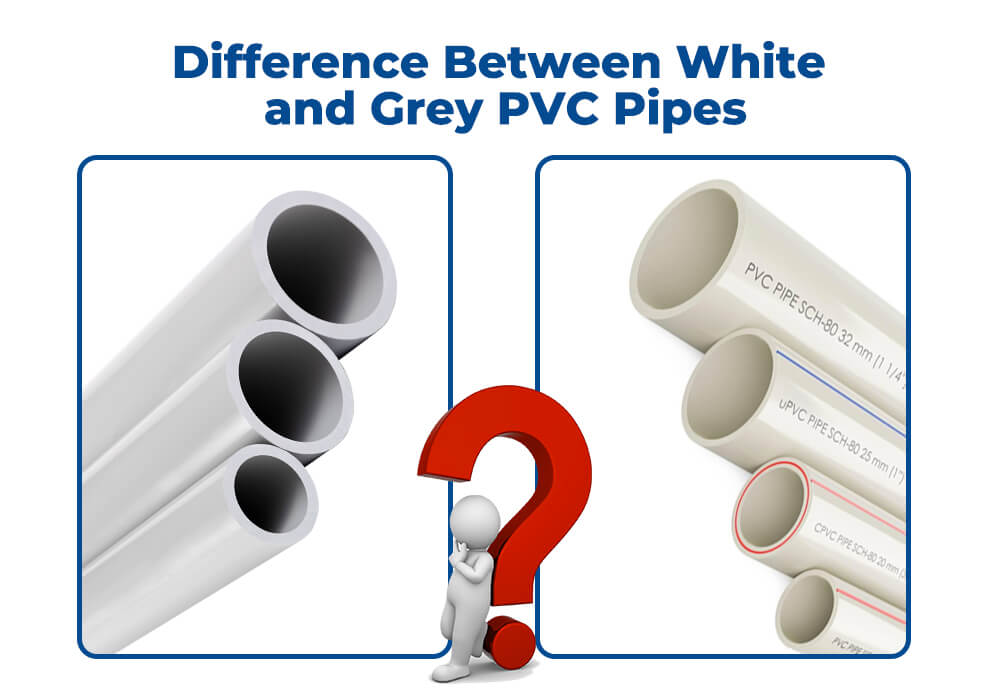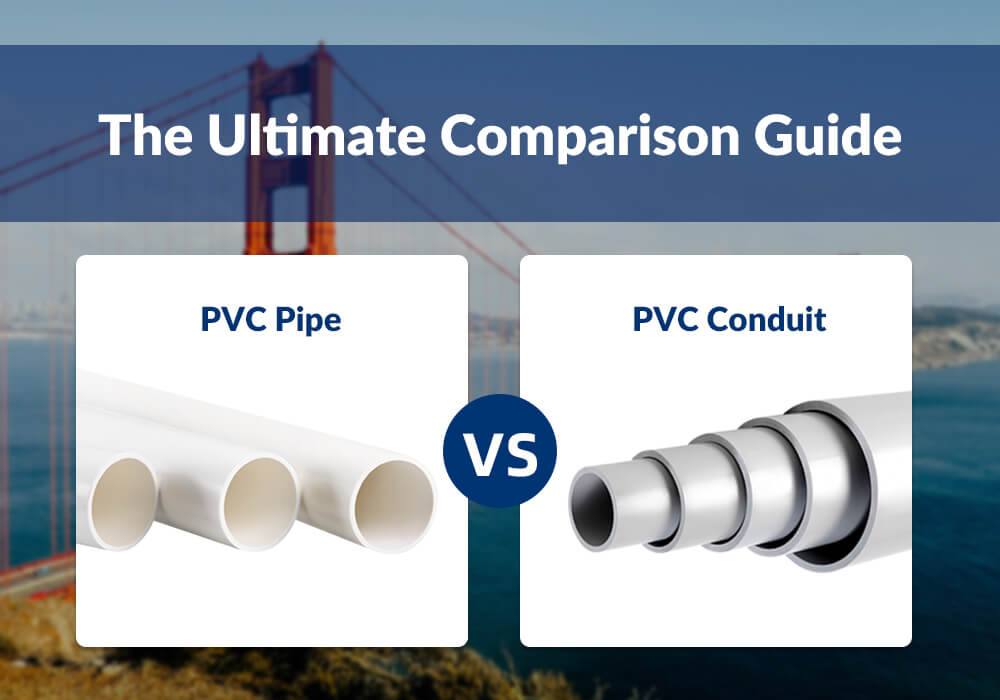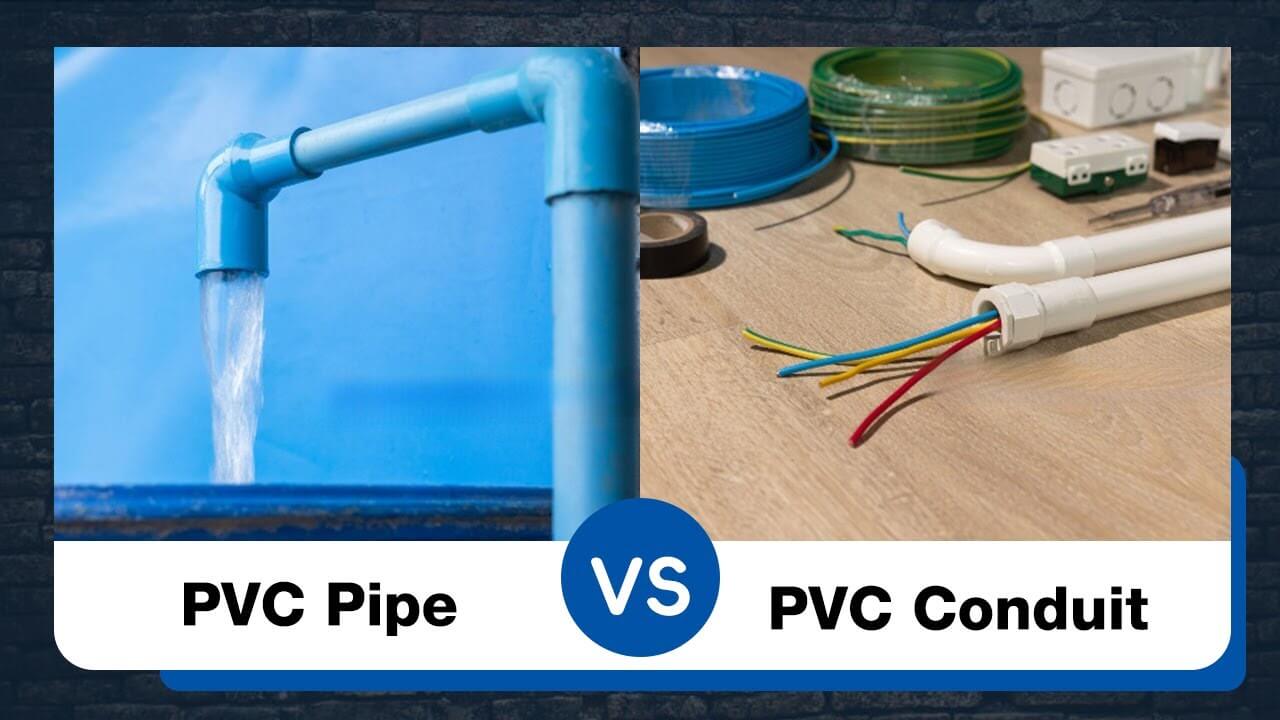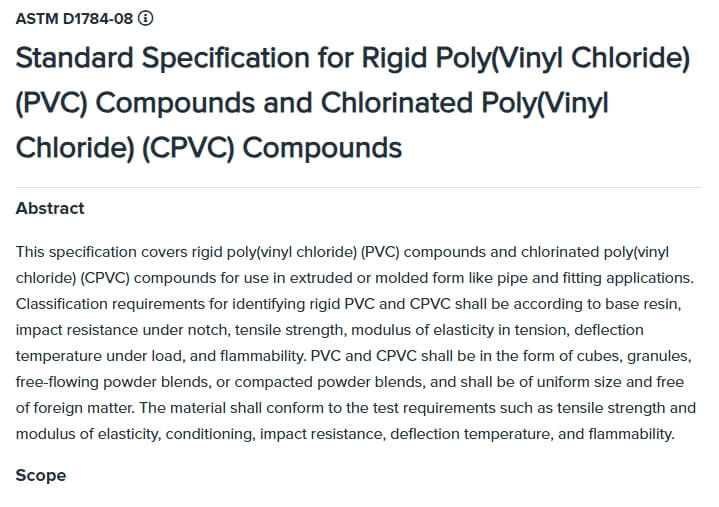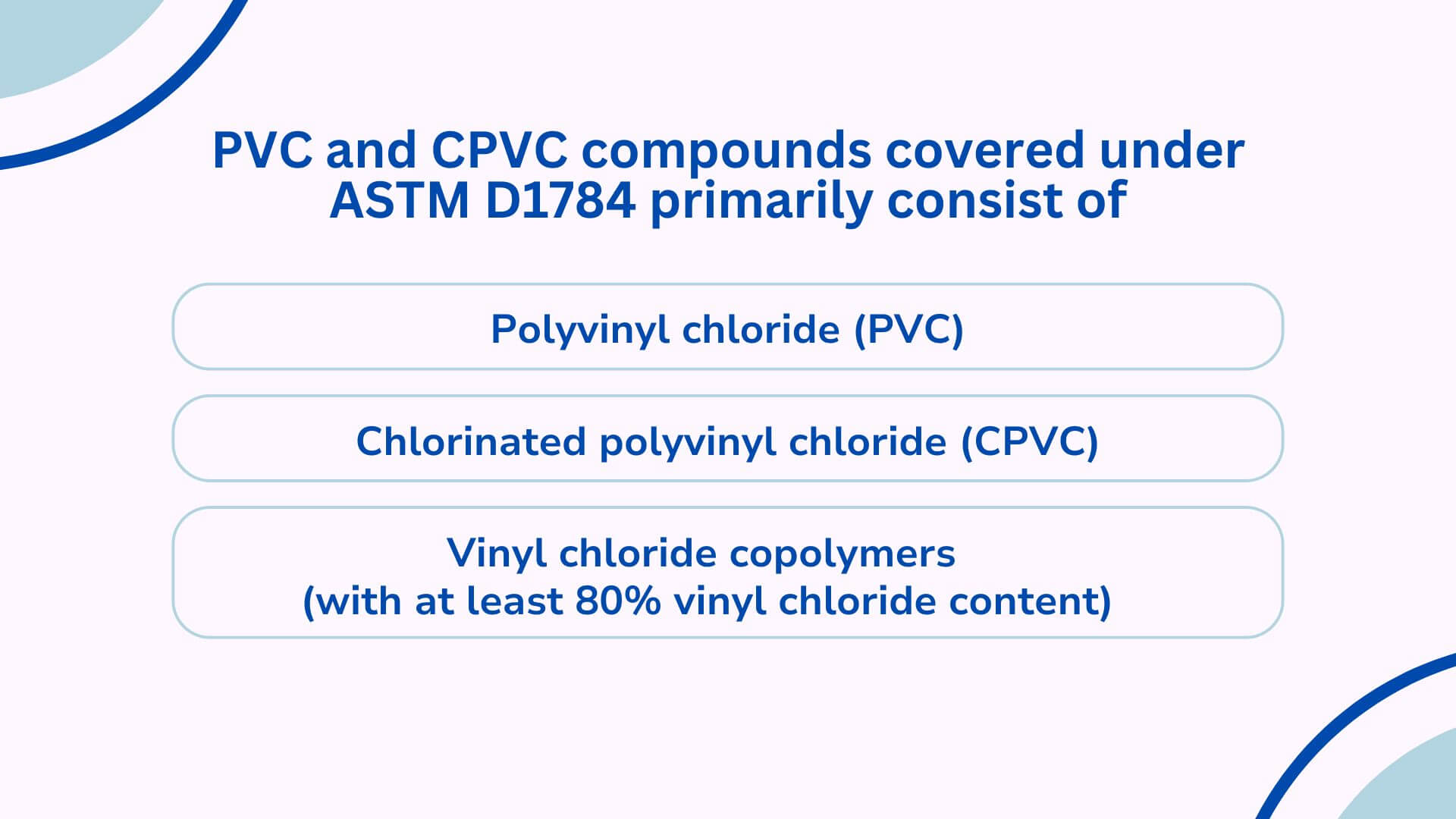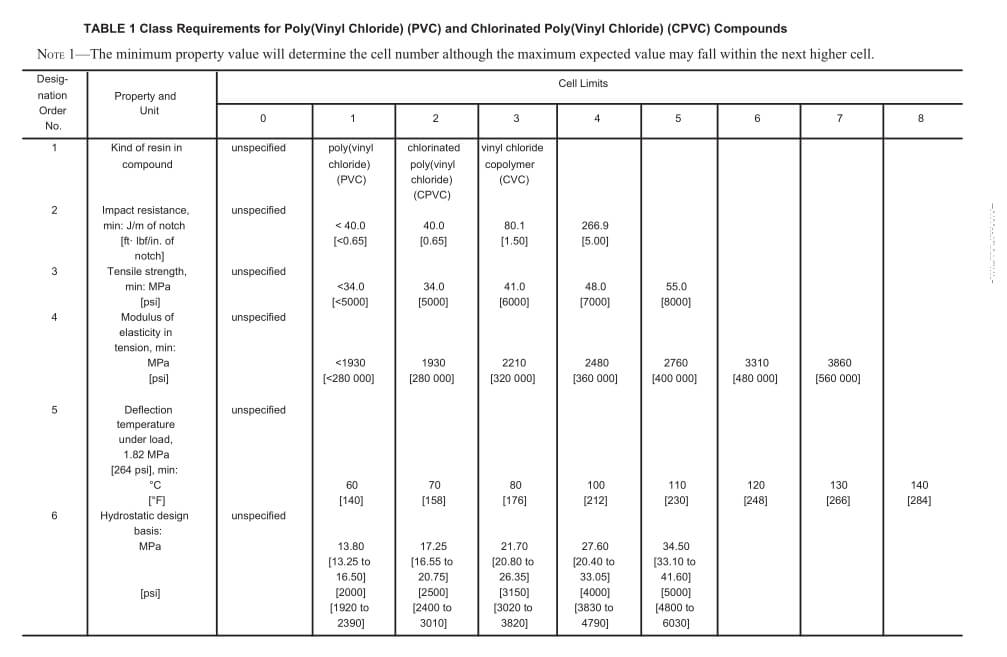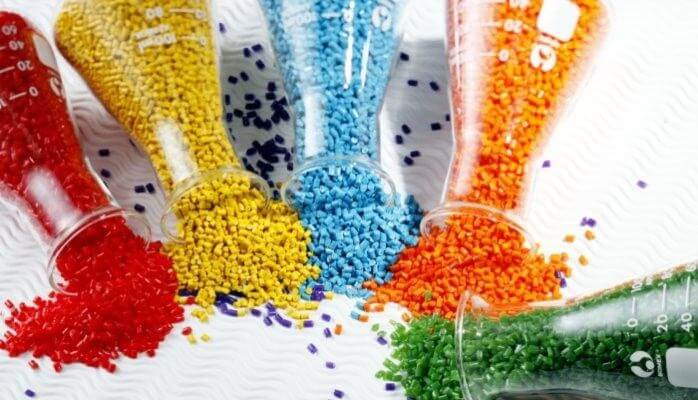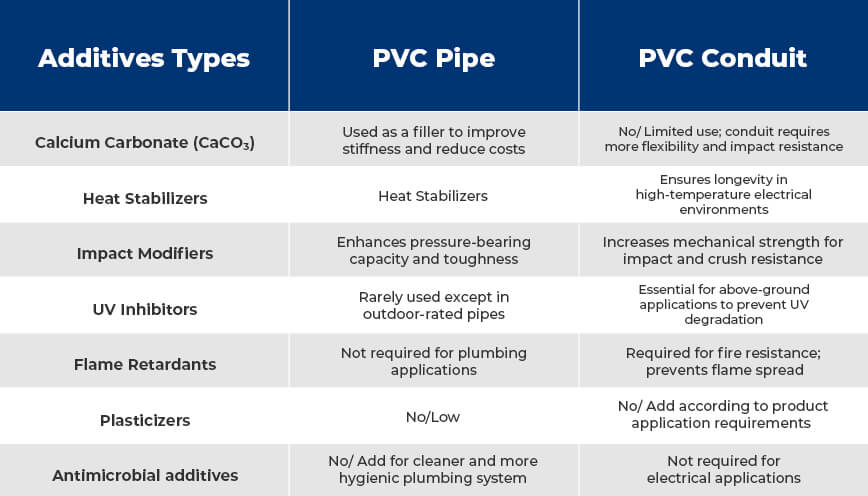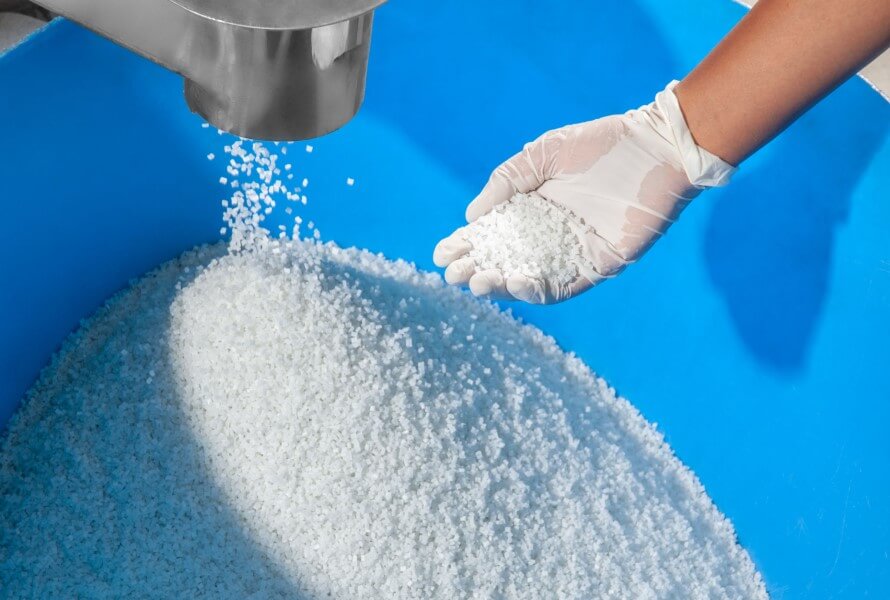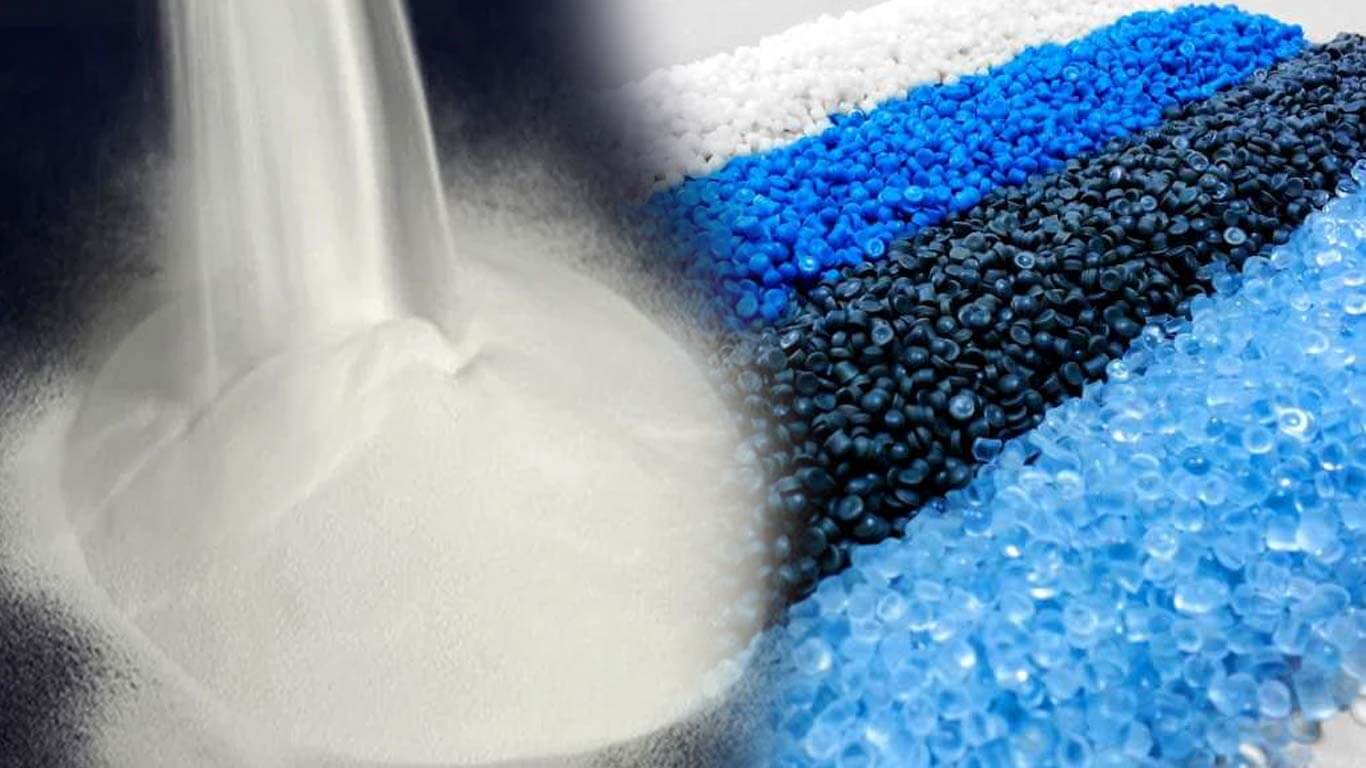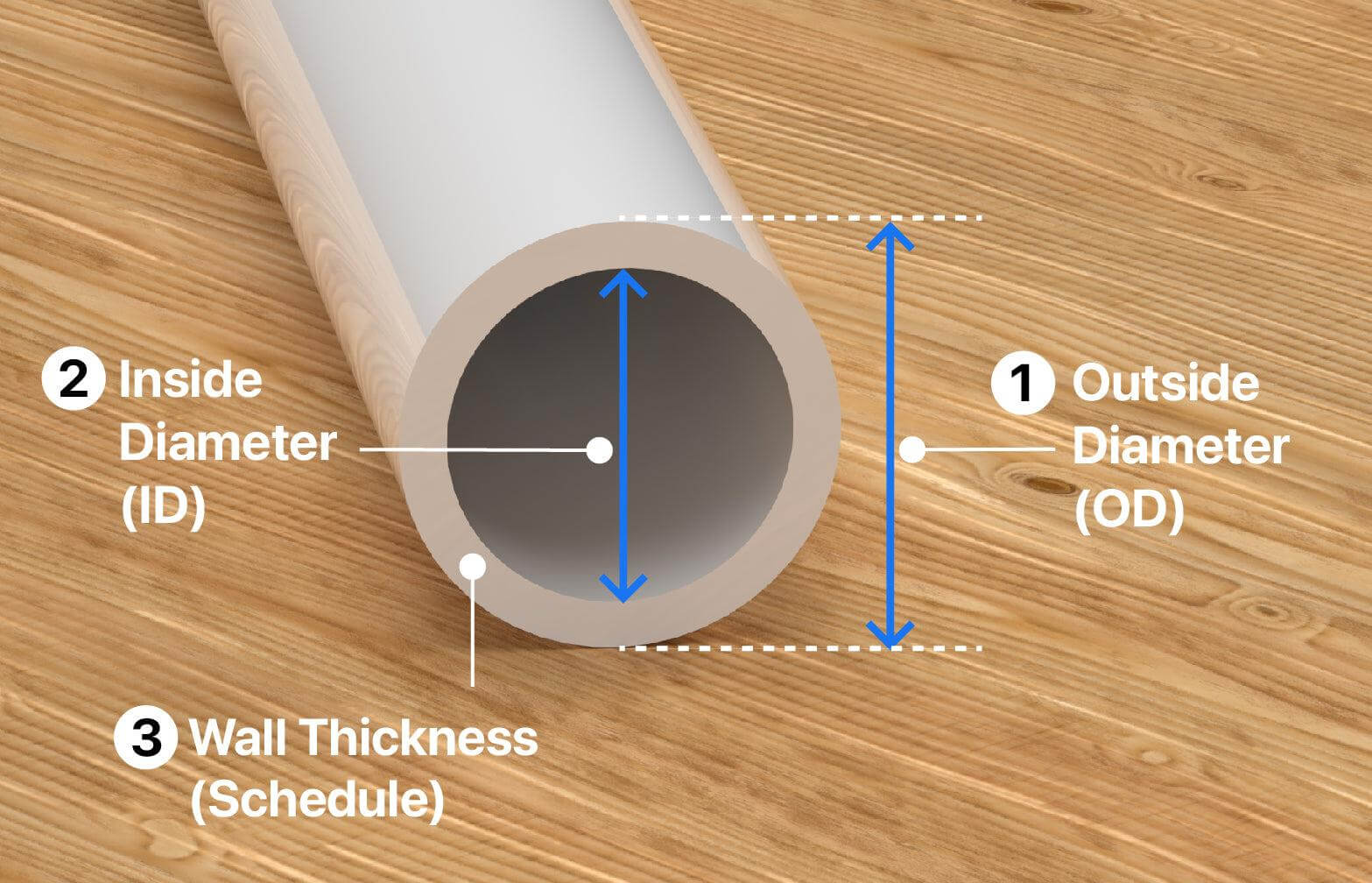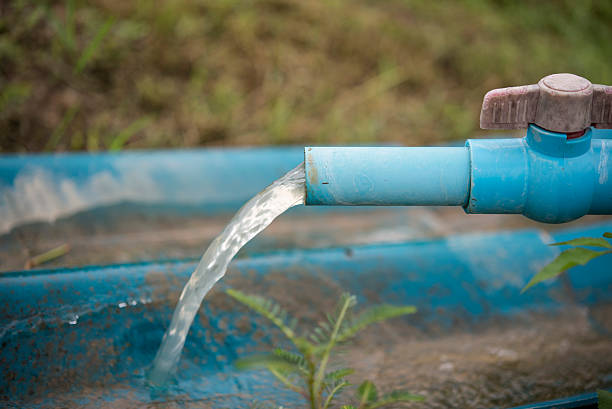💧 PVC Pipe: Designed to Hold Water Under Pressure
Think of PVC pipe like a water bottle under pressure—it needs to be tough enough not to burst, even when it’s filled and squeezed.
To do that, the pipe walls must be thick and strong enough to handle the pressure of flowing water.
🔍 Just in case you’re curious, we’ve also included a simple explanation of some common technical terms and the tests behind them.
Hydrostatic Design Stress (HDS): This is like the pipe’s endurance level—the amount of stress it can handle from water pressure over many years without breaking.
Pressure Rating (PR): Similar to how a bike tire has a maximum PSI (pounds per square inch), this number tells you how much water pressure the pipe can safely handle.
The Formula Behind the Design: Engineers use a formula (2S/P = (D₀/t) − 1) to make sure the pipe is thick enough based on the pipe’s outer diameter, wall thickness, and expected pressure.
- S (Hydrostatic Design Stress): Measured in psi (or MPa).
- P (Pressure Rating): Also measured in psi (or MPa).
- D₀ (Average Outside Diameter): Given in inches or millimeters, this is the external diameter of the pipe, which directly influences its pressure capacity.
- t (Minimum Wall Thickness): Measured in inches or millimeters, this represents the thinnest allowable section of the pipe wall, ensuring structural integrity under pressure.
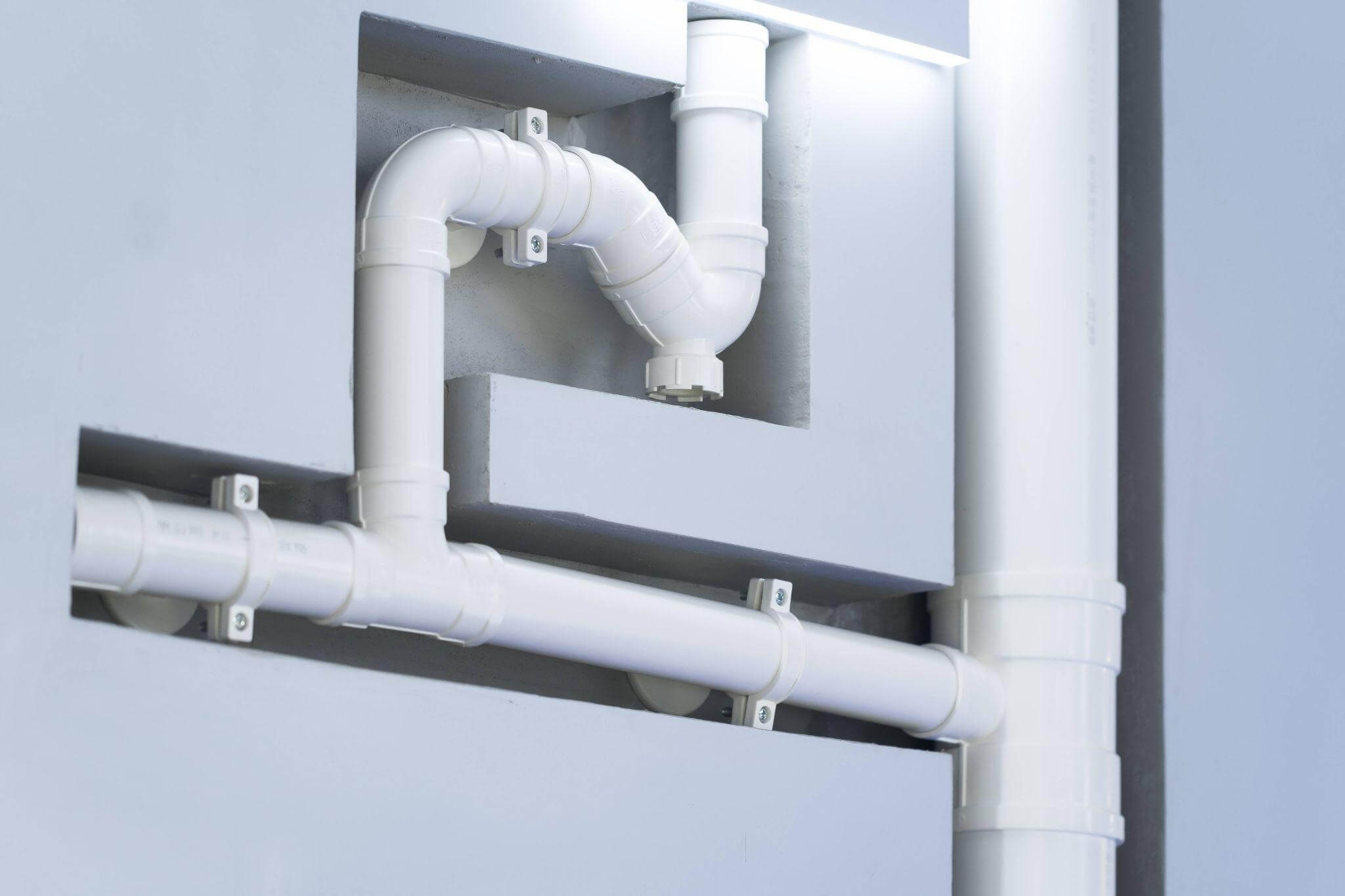
🔧 How Pipes Are Tested
Like crash-testing a car before it’s sold, PVC pipes go through several tough tests to make sure they’ll last:
- Sustained Pressure Test:Checks if the pipe can hold high water pressure for long periods.
- Accelerated Regression Test: This test predicts the long-term water pressure resistance and service life of the PVC pipe.
- Burst Pressure Test: Determines the maximum internal pressure the pipe can withstand before bursting.
- Flattening Test: Evaluates the mechanical strength and flexibility of the PVC pipe under external compression.
This test ensures the pipe can withstand soil pressure, heavy loads, and physical impacts during installation and service.
⚡PVC Conduit: Built to Protect Wires
Now, imagine a plastic straw wrapped around spaghetti wires—that’s similar to how PVC conduit works.
It doesn’t need to hold pressure inside, but it does need to protect what’s inside from bumps, weight, or accidents on the outside.
When selecting PVC electrical conduit, there are some several key factors that the buyer maybe focus on.
Critical aspects include wall thickness, outer and inner diameter, wall thickness as well as wire fill capacity.
- Outer Diameter (OD): Defines the conduit’s total width, affecting installation compatibility with fittings and supports.
- Inner Diameter (ID): Determines how many electrical wires can be safely routed inside the conduit. The available space inside the conduit must comply with wire fill regulations.
- Espesor de la pared: Affects mechanical strength, impact resistance, and environmental durability. It is also crucial for inner space calculations.
- Wire Fill Capacity: Refers to the maximum number and size of electrical conductors that can be safely installed inside a conduit without causing overheating or excessive resistance.
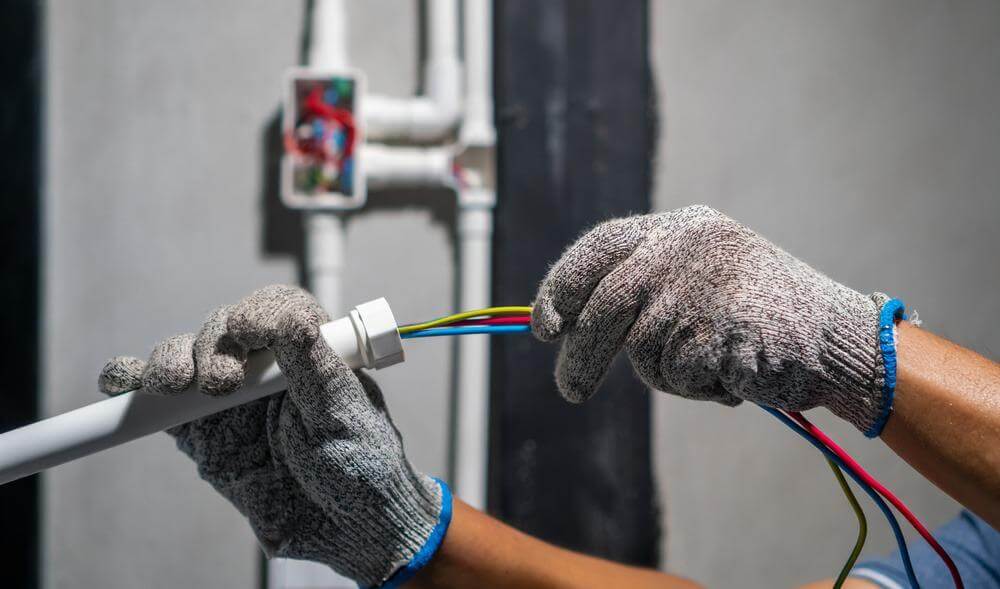
📏 NEC Guidelines for Conduit Fill
The NEC provides specific guidelines for maximum wire fill percentage based on the number of conductors inside a conduit:
- 1 wire: Up to 53% of the conduit’s internal area can be filled.
- 2 wires: Up to 31% of the internal area.
- 3 or more wires: The total fill should not exceed 40% of the internal area.
Conduit fill tables help electricians choose the right conduit size for a specific number of conductors.
🛠️ Strength Tests for Conduit
Just like a helmet needs to pass safety tests before hitting the market, conduits are tested to ensure they protect wiring properly:
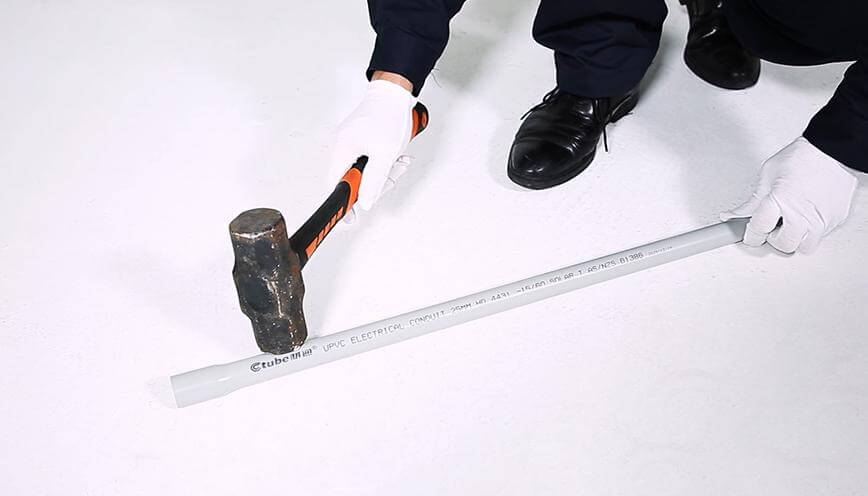
- Resistencia al impacto: PVC conduit must withstand mechanical impact per UL 651, ensuring it does not crack or break under normal installation conditions.
- Resistencia a la tracción: This measures how much pulling force the conduit can endure before breaking.
- Resistencia al aplastamiento: Indicates how much external pressure (e.g., from soil, concrete, or heavy loads) the conduit can withstand without deforming.
- Deflection Testing: This evaluates how much a conduit can bend under pressure before permanent deformation occurs.
3.2 Understanding Schedule and Pressure Ratings in PVC Pipe and PVC Conduit
In our earlier discussion on PVC water pipes, we introduced the concept of pressure rating, which is crucial for determining a pipe’s ability to withstand internal water pressure.
Think of it like a balloon — if you blow too much air into it, it will burst. Similarly, a water pipe needs to handle a certain amount of internal pressure.
If the pressure inside exceeds the pipe’s strength, just like an overinflated balloon, the pipe can fail.
This pressure rating is an essential factor for water pipes, but it’s less relevant for PVC conduits, since they’re not designed to carry fluids under pressure.
🟢 What Does “Schedule” Mean in PVC Pipe and PVC Conduit?
When looking for both water pipes and electrical conduits, you’ll often come across the term “Schedule” or “SCH.”
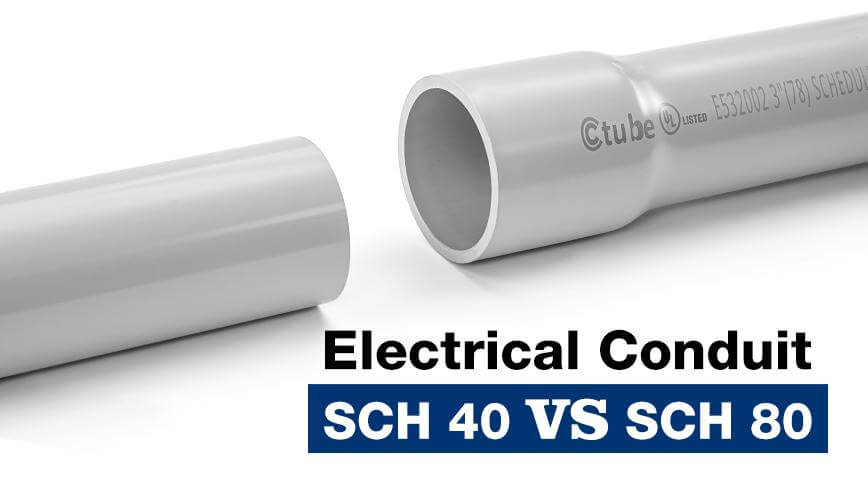
The Schedule (Sch) classification refers to the wall thickness of a PVC pipe or conduit relative to its nominal size.
It is a standardized system primarily used in North America, with common classifications including Anexo 40 (Sch 40) and Anexo 80 (Sch 80).
The higher the Schedule number, the thicker the pipe wall.
For example, Sch 80 pipes have thicker walls than Sch 40 pipes of the same nominal size, making them stronger and more resistant to pressure.
🔵 SDR in PVC Pipe
While Schedule is one way to describe pipe strength, there’s another system used mostly for water pipes: SDR, or Standard Dimension Ratio.
💡 Note: SDR is used for PVC pipes, not for conduits.
SDR (Standard Dimension Ratio) is a key parameter used to define the relationship between a PVC pipe’s outer diameter (OD) and wall thickness.
It is an essential factor in determining the pressure rating of the pipe.
SDR pipes maintain a consistent OD-to-wall thickness ratio, meaning that wall thickness increases proportionally with pipe size while maintaining the same pressure rating.
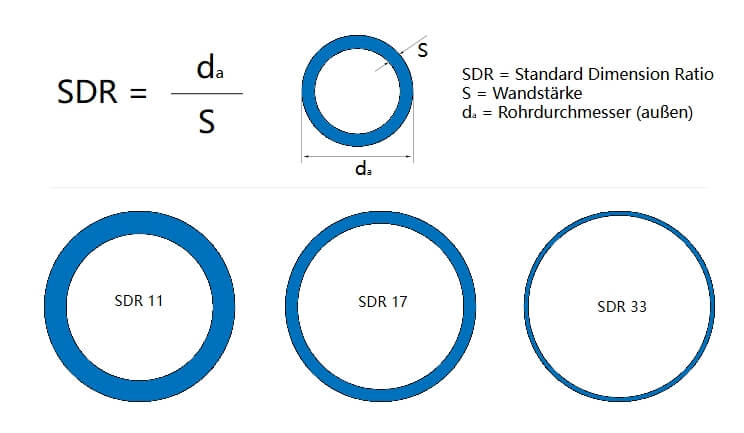
The formula for SDR is: SDR=Outer Diameter (OD) / Wall Thickness
- Lower SDR = Stronger pipe = thicker walls and higher pressure resistance.
- Higher SDR = Lighter but weaker pipe = thinner walls and lower pressure resistance.
As the Table 2 showing.
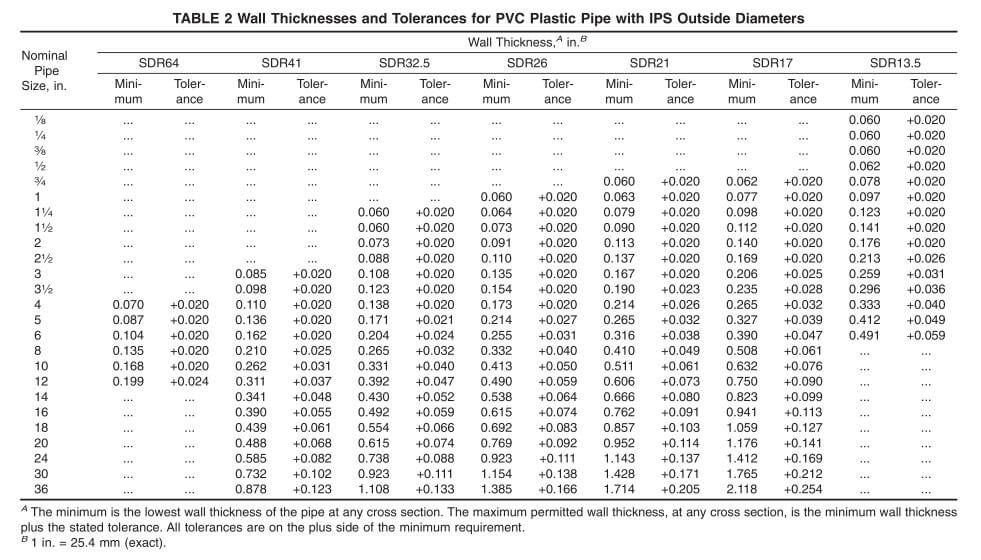
3.3 Color Coding and Identification in PVC Pipe and PVC Conduit
Color coding is like a universal language for PVC pipes and conduits. It helps anyone who’s working with them quickly figure out what each one is used for, even if they’re not familiar with the specific installation.
Color coding is like a traffic light system 🚦 — each color tells you what to do next. Just as a red light means stop, and a green light means go, each color of PVC pipe or conduit signals its specific function. Understanding these color codes is crucial for safety and getting the job done efficiently.
While regional standards might slightly vary, there are common color conventions that help differentiate PVC pipes and conduits at a glance. Let’s break it down:
🚰 Standard Color Coding for PVC Pipes
PVC pipes used in plumbing, irrigation, and industrial applications often follow these general color conventions:
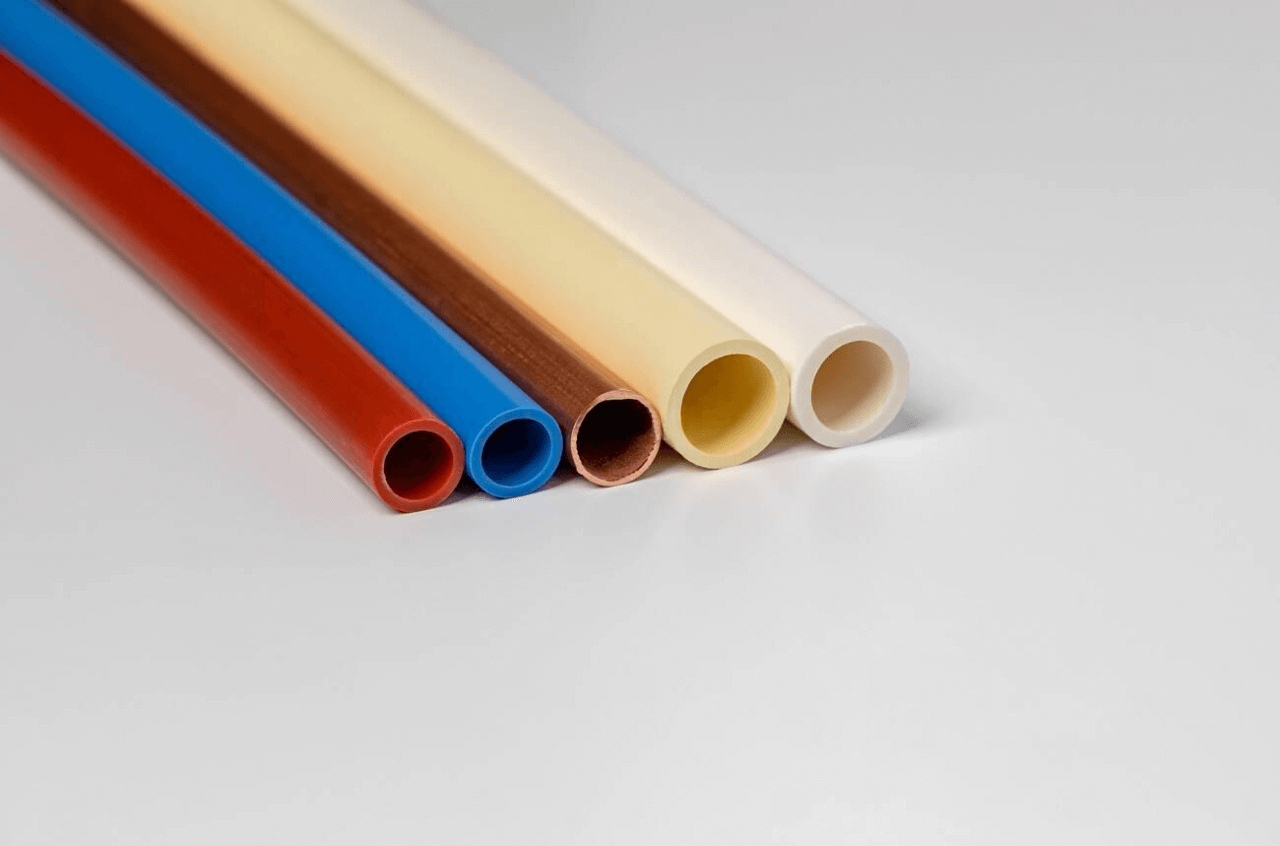
- White or Gray – Commonly used for potable (drinking) water supply and drain, waste, and ed (non-potable) water for irrigation and industrial reuse.
- Orange or Red – Used in fire suppression systems (e.g., underground fire mains).
🔥 Standard Color Coding for PVC Conduits
Electrical PVC conduits follow a different set of color conventions, mainly dictated by industry standards and electrical codes:
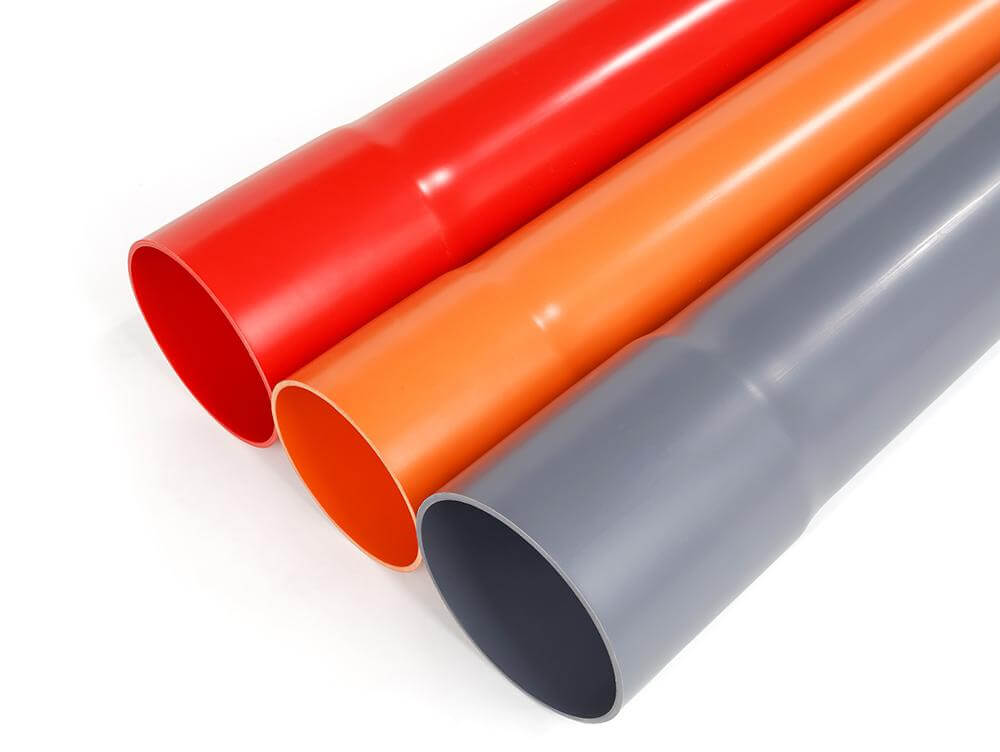
- Gris – The most common color for standard electrical conduit, including Schedule 40 and Schedule 80 PVC conduits used in residential, commercial, and industrial wiring.
- Orange or Red – Often used for high-voltage or underground electrical lines to signal caution during excavation.
- Blue or White – Frequently designated for communication cables, fiber optic lines, and low-voltage applications.
⚠️ However, the color of PVC conduit might change based on the manufacturer or the specific job.
So while these color codes are general rules, always make sure to check your local codes and regulations to stay on the safe side!
🔖 Markings and Identification Labels
If you’re ever unsure, the markings on PVC pipes and conduits will tell you exactly what you need to know.
These markings are like the labels on a product in a store — they give you key information about what you’re dealing with.
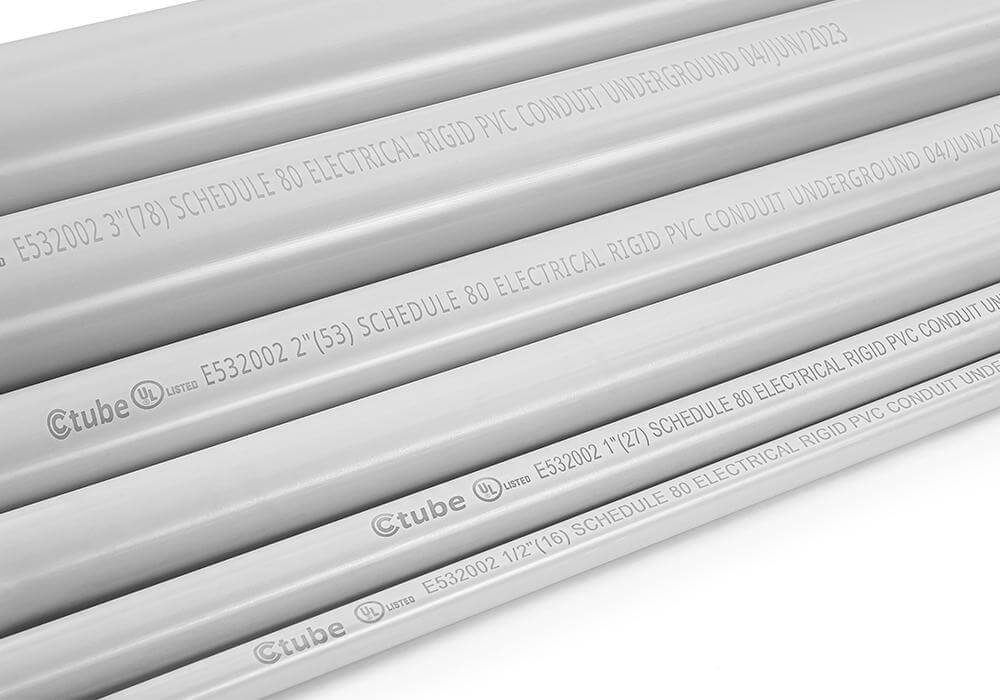
Common elements found on PVC pipe and conduit markings:
- Manufacturer Name or Code: Identifies the producer of the pipe or conduit.
- Production Date and Batch Code: Used for quality control and traceability in case of defects or recalls.
- Pipe Size and Dimensions: Clearly indicates nominal pipe size (NPS) or outer diameter (OD) to ensure correct selection and compatibility.
- Material Designation: Labeled with “PVC” followed by the material grade (e.g., “PVC 1120” or “PVC 1220”).
- Schedule (SCH): Common for both plumbing and conduit, indicating wall thickness classifications such as “SCH 40” or “SCH 80.”
4. Comparison of Connection Methods in PVC Pipe and Conduit
Besides the differences in materials, concepts, structure, and color that we have discussed, PVC water pipes and electrical conduits also differ significantly in their fittings and connection methods.
For example, water pipes need to prevent water from leaking out, while electrical conduits need to keep water from flowing in.
Let’s explore how these differences play out in the connection methods.
4.1 Same Functions and Roles of Fittings in PVC Pipe and Conduit
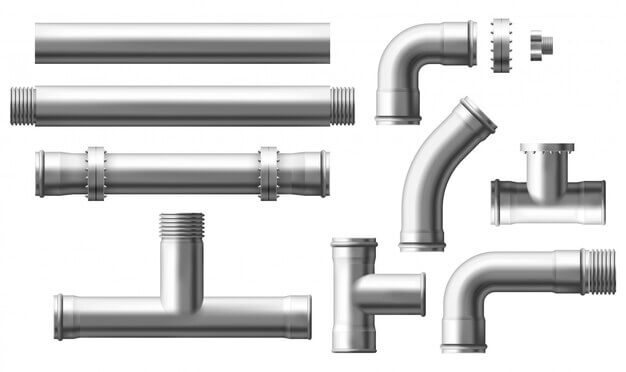
Fittings are essential components in both PVC piping and conduit systems.
- Connecting Sections: Coupling-Joining two or more pieces of pipe or conduit together to extend the system.
- Changing Direction: Elbow-Allowing smooth transitions at various angles to navigate obstacles or align with design requirements.
- Branching the System: Tee- Creating multiple pathways for fluid flow (in plumbing) or wire routing (in electrical applications).
- Sealing and Protection: Ensuring leak-proof water distribution for plumbing and secure, insulated connections for electrical conduits.
4.2 Different Fittings Requirements in PVC Pipe and Conduit
One key difference between the two systems is the need for junction boxes and adaptable boxes in electrical conduit systems, which are not found in water piping.
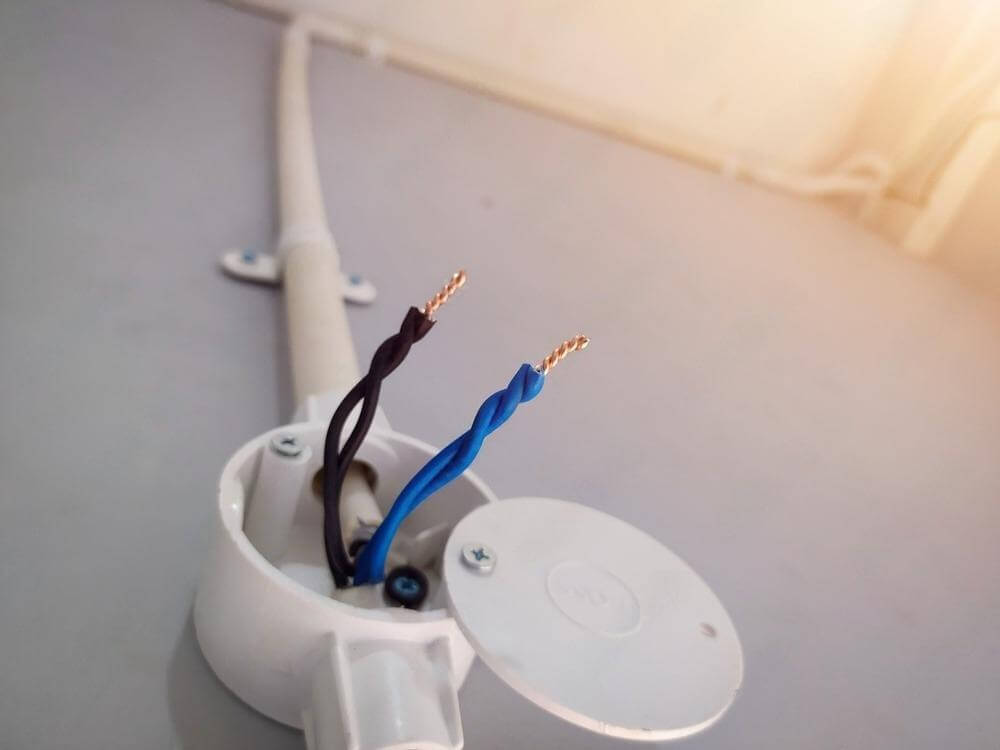
- Cajas de empalme act as interconnection points for electrical wires, providing space for splicing and ensuring safety.
- Cajas Adaptables allow flexibility in conduit design, making it easier to modify or expand electrical systems.
⚡These enclosures also provide mechanical protection for electrical connections, preventing exposure to moisture, dust, and external damage.
🔄Another biggest difference is the requirement about the bending and turning.
There are no strict regulations on total bend angles in a PVC water pipe system, as long as flow efficiency is maintained.
But in electrical conduit installation, NEC (National Electrical Code) limits the total bends between pull points to 360° to prevent excessive wire friction.
If more bends are needed, a junction box or pull box must be installed. The requirement ensure wires can be pulled through the conduit without excessive friction or damage.
4.3 Solvent Cement (Glue) Welding in PVC Pipe and PVC Conduit
Solvent cement is a type of adhesive specifically designed for bonding PVC pipes and fittings by chemically softening the material to create a strong, permanent connection.
Solvent cement does not just stick surfaces together—it fuses them into a single, continuous piece. This bonding method ensures a durable and leak-proof joint, making it widely used in both plumbing and electrical conduit installations.
However, there’s a difference in cement for water pipes and electrical conduits:
- 💧Water Pipe Cement: This type of cement needs to meet strict standards to ensure it’s safe for drinking water. Think of it as making sure your cup is clean and safe to drink from.
- ⚡Electrical Conduit Cement: This cement is formulated for durability and water resistance, designed to keep electrical connections safe even in damp or harsh environments.
📋 Always check with your supplier to make sure the solvent cement is made for either water pipes or electrical conduits.
While some cements can be used for both, others are specially formulated for one or the other.
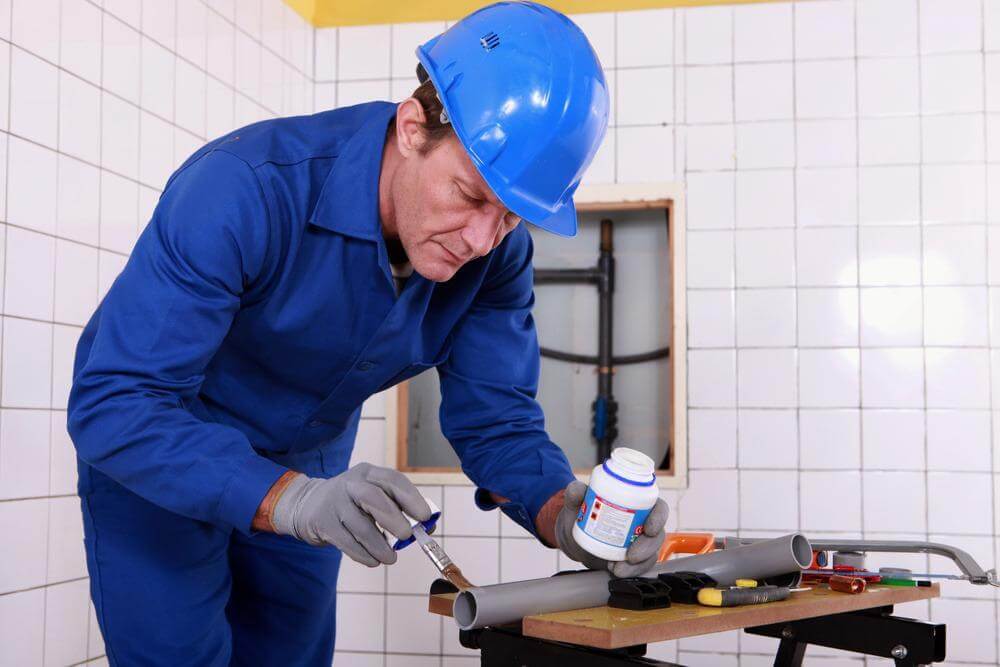
🔍 If you’re curious about the technical side, solvent cements are actually governed by a detailed standard: (Reapproved 2024).
✅Resin Content: The PVC resin content must be at least 10%.
✅Dissolution Ability: The cement must be able to dissolve an additional 3% by weight of PVC 12454-B compound (either powder or granular) or an equivalent PVC resin at 73.4 ± 3.6°F (23 ± 2°C) without signs of gelation.
✅iscosity and Strength Over Time:
Cements are classified based on how strong they get over time:
- ≥ 250 psi (1.7 MPa) after 2 hours of curing
- ≥ 500 psi (3.4 MPa) after 16 hours of curing
- ≥ 900 psi (6.2 MPa) after 72 hours of curing
✅Hydrostatic Burst Strength: The minimum hydrostatic burst strength must be ≥ 400 psi (2.8 MPa) after 2 hours of curing.
Generally speaking, plumbing-grade solvent cement must meet potable water safety standards, ensuring no harmful chemicals leach into drinking water.
Electrical conduit solvent cement is formulated for durability and water resistance, as it is often used in environments where electrical safety is a concern.
🛒 Pro Tip Before You Buy
1️⃣ Check the label or spec sheet to understand the product’s specifications. Look for keywords like “potable water safe” or “electrical use only.”
2️⃣ Confirm its intended use—is it made for water pipes or electrical conduits? Each has different bonding needs.
3️⃣ Ask your supplier if you’re unsure. It’s better to double-check than to risk using the wrong cement. They can guide you to the right choice.
5. Code Compliance and Standards: Differences Between Water Pipes and Electrical Conduits
Both PVC water pipes and PVC electrical conduits must comply with specific regulations and industry standards to ensure safety, performance, and durability. However, the standards governing these two types of pipes differ significantly based on their intended applications. In the following, we make some examples as USA and Canada, but remember have to follow the local regulations.
5.1 Water PVC Pipe Regulations
PVC water pipes are primarily regulated by plumbing and water quality standards to ensure they can handle pressurized water safely without leaching harmful substances.
- NSF/ANSI 61 – Ensures the pipe is safe for potable water。
- ASTM International (ASTM D1785, D2241, etc.) – Sets material and performance standards.
- American Water Works Association (AWWA C900, C905) – Governs large-diameter water pipes.
- ISO 1452 – International standard for PVC-U pressure pipes.
5.2 Electrical Conduit Regulations
PVC electrical conduits must comply with electrical safety codes to ensure they provide adequate protection for wiring, resistance to environmental factors, and mechanical strength.
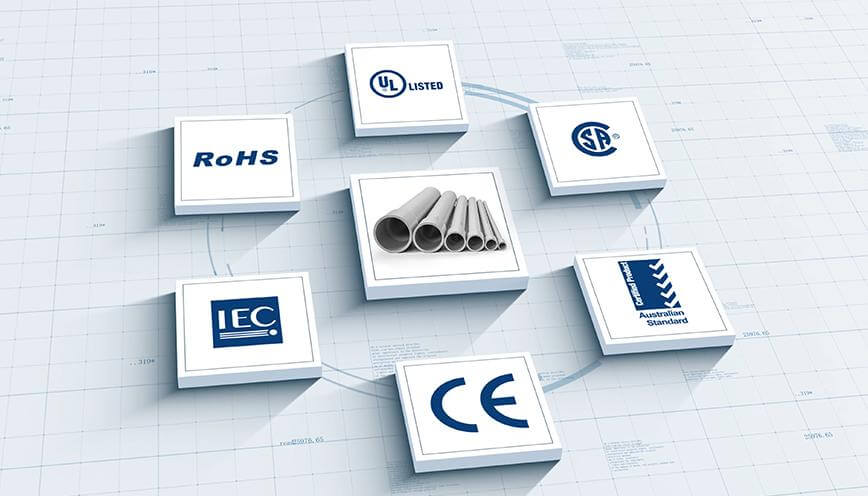
6. Conclusión
PVC pipes and conduits are both made from PVC, but they differ in structural design, material composition, and application. Pipes are designed primarily for carrying fluids and gases, while conduits are engineered to protect electrical wiring.
For professionals and DIY enthusiasts, it is crucial to choose PVC pipes or conduits based on their intended purpose. Electricians should prioritize conduits for electrical wiring installations, ensuring compliance with relevant standards for safety and longevity. Plumbers should use PVC pipes designed for fluid systems. Always follow the manufacturer’s guidelines, and make sure to select the correct fittings and adhesives to guarantee the quality and durability of the installation.
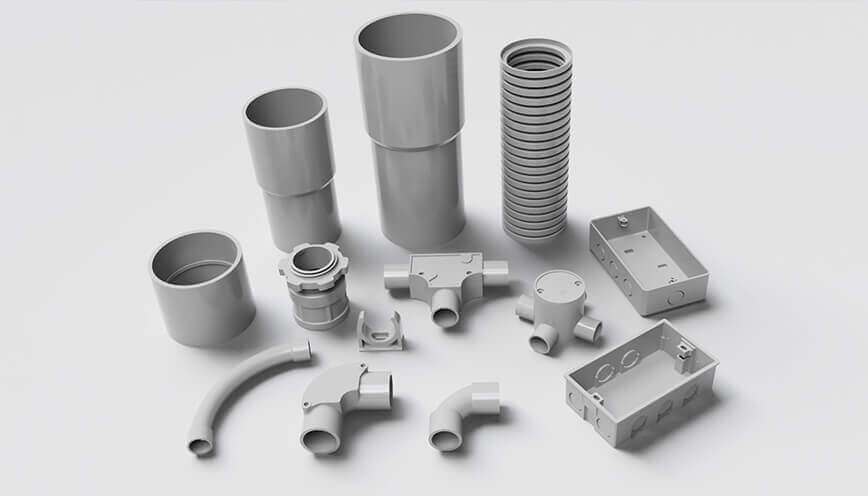
Ctube is a trusted electrical conduit supplier, offering a wide range of high-quality CLORURO DE POLIVINILO, UPVC, y LSZH conduits. Our products are designed to meet the demands of various electrical applications, providing exceptional durability, safety, and performance. Whether you’re working on a residential, commercial, or industrial project, Ctube offers the right conduit solutions to ensure secure and long-lasting installations.
Thanks for your reading, and good luck with your project.
Reference
- ASTM D 4396 Standard Specification for Rigid Poly(Vinyl Chloride)(PVC) and Chlorinated Poly(Vinyl Chloride)(CPVC) Compounds for Plastic Pipe and Fittings Used in Nonpressure Applications
- ASTM D 3915 Standard Specification for Rigid Poly(Vinyl Chloride) (PVC) and Chlorinated Poly (VinylChloride) (CPVC)Compounds for Plastic Pipe and Fittings Used in Pressure Applications1
- ASTM D 2241 Standard Specification for Poly(Vinyl Chloride)(PVC) Pressure-Rated Pipe (SDR Series)
- ASTM D 1784 Standard Specification for Rigid Poly(Vinyl Chloride)(PVC) Compounds and Chlorinated Poly(Vinyl Chloride)(CPVC) Compounds
- ASTM D 2665 Standard Specification for Poly(Vinyl Chloride)(PVC) Plastic Drain, Waste, and Vent Pipe and Fittings
- ASTM F512-12 Standard Specification for Smooth-Wall Poly(Vinyl Chloride)(PVC) Conduit and Fittings for Underground Installation
- ASTM D1785-21a Standard Specification for Poly(Vinyl Chloride)(PVC) Plastic Pipe, Schedules 40, 80 and 120
- ASTM D4216 Standard Specification for Rigid Poly(Vinyl Chloride) (PVC) and Related PVC and Chlorinated Poly(Vinyl Chloride)(CPVC) Building Products Compounds
- ASTM D2122 Standard Test Method for Determining Dimensions of Thermoplastic Pipe and Fittings
- ASTM D1785 Standard Specification for Poly(Vinyl Chloride)(PVC) Plastic Pipe, Schedules 40, 80,and 1201
- ASTM D2564-20 Standard Specification for Solvent Cements for Poly(Vinyl Chloride) (PVC) Plastic Piping Systems
- ASTM F493-20 Standard Specification for Solvent Cements for Chlorinated Poly(Vinyl Chloride) (CPVC) Plastic Pipe and Fittings
- ASTM D3138-21 Standard Specification for Solvent Cements for Transition Joints Between Acrylonitrile-Butadiene-Styrene (ABS) and Poly(Vinyl Chloride) (PVC) Non-Pressure Piping Components
- ASTM D2855-20 Standard Practice for the Two-Step (Primer and Solvent Cement) Method of Joining Poly (Vinyl chloride) (PVC) or chlorinated Poly(Vinyl Chloride)(CPVC) Pipe and Piping components with Tapered Sockets
- ASTM F656-21 Standard Specification for Primers for Use in Solvent Cement Joints of Poly (VinylChloride) (PVC) Plastic Pipe and Fittings

